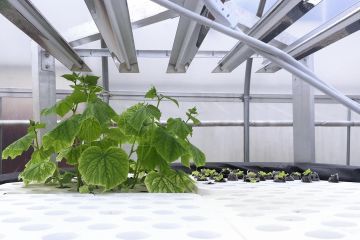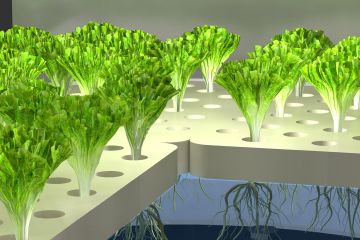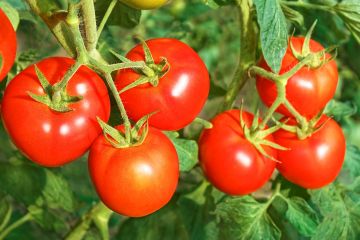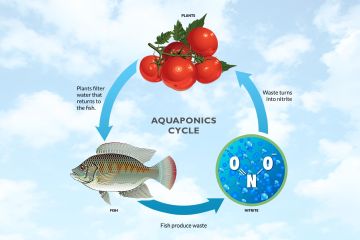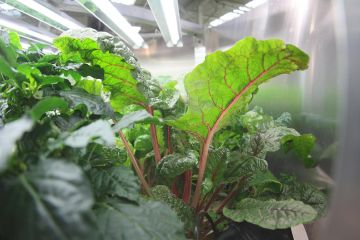Education
Learn more about AquaGrove...
Aquagrove's aquaponics education program offers support and a curriculum guide for K-12 STEM learning. By putting down the textbook and providing the opportunity for experiential and hands-on learning, students gain a comprehensive understanding of aquaponics, agriculture and the possibility for sustainable solutions to our ever-changing and increasingly critical global challenges.
By incorporating the Aquagrove as an educational tool, students will be empowered and inspired to make a difference. From fish rearing and system maintenance to monitoring vegetation and growth, the possibilities for learning are endless.
Teachers of all subjects and varying grade levels can easily incorporate Aquagrove learning modules into their current curriculum requirements and studies. In addition to exposing students to the science of aquaponics through practice and the scientific method, educators can explore the history of aquaculture, current social and environmental challenges, agriculture and the importance of developing sustainable systems for food production.
Lessons, activities and additional resources address different fields of study, as well as different grade levels of learning. Elementary, middle and high school students can all benefit from the guide and corresponding activities provided. The instructor may simplify (elementary) or expand (middle/high school) lessons to fit the needs of their current curriculum requirements and areas of interest.
The Aquagrove is an ongoing learning tool, as weekly and daily maintenance of fish and vegetation is part of the experience. Assigning and alternating groups to certain responsibilities throughout the year is an effective way to ensure that the lessons are being learned and applied. The seven lesson areas may be delivered in a concentrated 7-week program, single semester or extended for the term of the school year. The activities, worksheets and charts are for instructors to use and distribute to students for group and independent study. Answer keys are provided for quizzes, but checking the daily logs and experiments can also be used for grading and/or group discussion.
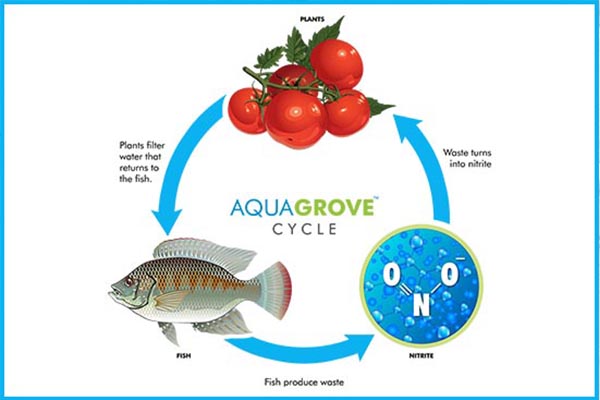
Aquaponics: The Science Of Sustainability
Aquaponics brings science and ecology to life. The AquaGrove provides a unique opportunity for students to simultaneously learn about the natural environment and how they can play a critical role in sustainability. By using aquaponics as an educational tool, educators can interactively teach valuable STEM concepts while empowering students to be leaders in conservation.

Get Involved: Hands-On Student Participation
Educational facilities and agricultural organizations share a common goal: teach students the science of sustainability to ensure a prosperous future for all. The AquaGrove system accomplishes this through hands-on experience and applied mathematical modeling with real time feedback. Quick and easy to customize for students of any age, a single AquaGrove contains a wealth of knowledge for several sciences, making it an ideal shared resource between multiple departments.

Look To The Future: Applied Predictive Modeling
Our world is experiencing dual demand pressures of population growth and increasing global standards of living, and aquaponics offers many exciting solutions to the production challenges being faced. Students will have the opportunity to apply their knowledge of sustainability and work together to explore and design solutions and models to address food security and renewable food sources.

Sustainable Growth: Rooted In Multiple Sciences
From construction to setup and maintenance of the system, students will have the chance to practice and apply concepts in engineering, life science, chemistry, technology, mathematics and the many areas of study in between. With the ability to install the system in a variety of climates and indoor spaces, any room becomes a classroom with the AquaGrove.
AquaGrove Curriculum Guide: Table of Contents
Lesson I: Introduction to Aquaponics
- About Aquaponics
- Nitrogen Cycle and Bacteria – How-to and Purposes
- Choosing Fish
- Choosing Plants
- Lighting
- Maintenance
Lesson II: Plant Life
- pH & Plants
- Plant Types, Classification & Seeds
- Parts of the Plant
- Plant Life Cycle
- Plant Care
Lesson III: Fish Life
- pH, Nitrates, Nitrites & Fish (water quality and testing)
- Anatomy of a Fish
- Fish Life Cycle
- Fish Care
- Aquaculture
Lesson IV: Aquaponics & Nutrition
- Fish and Diet
- The Importance of Vegetables
- Types of Vegetation to Grow in Aquaponics System
- Organic Gardening
- Balanced Nutrition
Lesson V: Environment & Sustainability
- Climate Challenges
- Global Warming
- Sustainable Agriculture
- Food Security
Lesson VI: The Business of Aquaponics
- Aquaculture Across the Globe
- Regulations & Law
- Occupations in Aquaculture
- Starting an Aquaponics Business
Lesson VII: Aquagrove System Maintenance
- Regular System Maintenance
- Water Quality Essentials
- Sunlight and Lighting
- Food Safety
Note: The AquaGrove Learning Guide is a tool provided with the purchase of an AquaGrove system and is not sold separately.




